Nurturing brand differentiation in professional services is a critical but subtle business. The key is to separate ‘using from choosing.'
“My clients don’t care about differentiation, they just want us to do a good job for a reasonable fee,” is what marketers often hear from their front-line partners in professional services firms.
On the other hand, any textbook on branding since Lord William Lever (of Unilever fame) invented Sunlight Soap in 1884 seems to put great emphasis on differentiation as one of the most fundamental aspects of marketing and brand success.
Before Mr Lever came along soap was soap, cut from a large block and sold wrapped in plain paper. What Lever discovered was that if good quality soap was cut into small pieces, infused with a delicate perfume, wrapped in attractive packaging and advertised in the local newspapers, then perfectly rational people were more than happy to choose it over other soap and even pay more for it.
When it comes to choosing whom to engage…differentiation suddenly becomes extremely important.
Premium professional services and soap are obviously very different, but the influences of branding and perceived differentiation are not so dissimilar, and it’s worth considering just how important they might be.
USING OR CHOOSING?
The partner above is talking about his or her existing clients, and on the whole once they’ve made a choice about which lawyer/architect/management consultant to engage, clients do then focus almost exclusively on ‘good’ rather than ‘different.’ However, when it comes to choosing whom to engage, that’s an entirely different situation and differentiation suddenly becomes extremely important.
To see how brand differentiation works in professional services put yourself in the shoes of the sophisticated client sitting on the other side of the table as they hear four well put together pitches for their business. Because they’ve done their homework, they’ve narrowed the shortlist down to four firms who have a great track record in what they want doing. Each firm presented a deceptively similar line up of highly talented individuals and could all obviously do the job well.
So, who gets the job? Not the cheapest, because they were almost identically priced, and the small differences were nothing in the face of the importance of this task – the upside of getting it right and/or the downside of getting it wrong. The winning firm was the one that the clients ‘perceived’ to be better suited to the task. Based not on the fundamental criteria – being able to, say, design a beautiful, award-winning, 1000m iconic skyscraper in the middle of the desert that will stand up – because vital as these this is, they can all do it.
So, the decision moves onto more intangible perceptions that the client has about one firm vs. the next. What they’ll be like to work with, what their peers will think about their choice, whether they’ll be hungry to do their best work or rest on their laurels. All ultimately unknowable, nonetheless the criteria upon which they award the $1m contract. Mr Lever would call it the brand.
IPHONE THEREFORE I AM
Fast forward from the North of England in 1884 to Silicon Valley in 2018.
It may be a lot more complicated than a bar of soap, but the Apple iPhone is a brand that Lord Lever would appreciate.
It’s no new news that people love the iPhone, but what’s impressive is just how dominant Apple is – perhaps the most successful example of a brand creating perceived differentiation in a sophisticated and highly competitive market.
The latest iPhone X like the previous iPhones is an incredible piece of technology. But at the same time the Huawei Mate 10 Pro (for example) is also an astonishing piece of technology, and you’d be hard pushed to find anything that the iPhone X does that the Mate 10 Pro doesn’t do equally well – things like make calls, send emails, stream YouTube, play Fortnite, etc. Also, being the latest flagship model of each company they both have huge screens with fabulous definition and enough computing power to land on Mars.
However, here’s the thing. Even though each sells similar numbers of devices, Apple makes around 80% of the entire profits of the global smartphone market whereas Huawei makes about 5% (and choosing Huawei was generous, because apart from Samsung they are the only other manufacturer who makes any profits at all).
The point of this is to shine a light on the value of perceived brand differentiation based on fairly intangible ideas in the minds of willing consumers, even in a market for highly tangible products like smartphones that can be pulled apart, tested and measured.
The good news is that the ingredients of your firm’s brand differentiation already exist to some extent; if you’re winning work, you’re doing something right.
What Apple has created is a powerfully differentiated brand that sensible, rational people buy into and are willing to pay more for, even if the others, “do a good enough job at a reasonable price.”
START YESTERDAY
The challenge for CMOs of professional services firms is to persuade their executive team colleagues that establishing meaningful brand differentiation that will give their teams a significant competitive advantage ‘tailwind’ in the kind of new business pitch scenario depicted above, requires a long-term branding strategy.
The good news is that the ingredients of your firm’s brand differentiation already exist to some extent; if you’re winning work, you’re doing something right. The trick is to work out what it is and then to work out how to nurture it.
It can’t just be ‘turned on’ in the room – any more than Apple can begin to tell their story in the store. In the pitch/store you can remind them of that brand differentiation but the work seeding the perceptions of brand differentiation in the clients’ minds needs to be done way in advance, often many years in advance, to be able to call it in when it counts.


